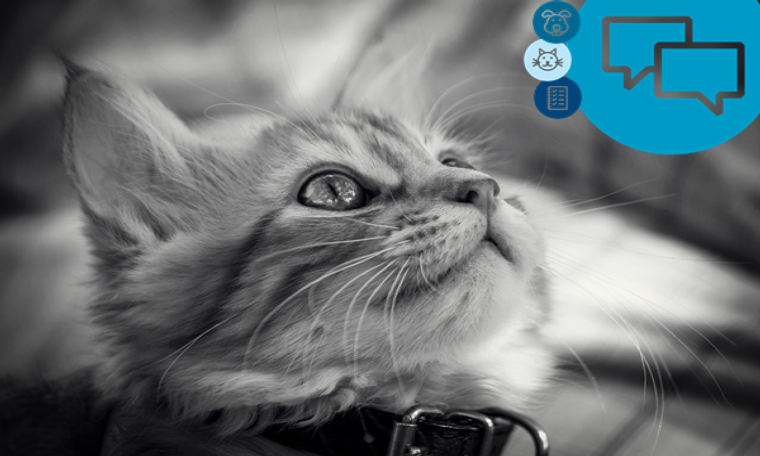
As a nation of animal lovers, featuring animals in ads is a sure fire way to stir consumers’ emotions and encourage them to engage with a product or brand, but when marketers depict or imply any kind of harmful treatment of an animal, they risk a barrage of complaints and potentially getting into trouble with the ASA.
Read on for advice on some key things to consider when it comes to animals in ads.
Don’t use unduly graphic images
Ads must not contain anything likely to cause serious or widespread offence, or undue fear or distress. If you’re featuring images of animals that some may find upsetting, it’s important to carefully consider whether this is justified in the context of what is being advertised, as well as whether it’s suitable for the audience and the media you are using.
Unsurprisingly, consumers are usually more forgiving of upsetting content appearing in ads for charitable causes than they would be in ads for unrelated organisations or commercial companies. However, the audience and targeting is still important for such campaigns and what might be acceptable in an email to subscribers of a particular charity, might not be equally acceptable in untargeted media.
Marketers wanting to create ‘humorous’ executions, which depict animals in situations or environments which could be potentially unsafe, should ensure that any hazardous scenarios are obviously fictitious and that there is no implication that the animal has been, or will be, harmed.
Look after all animals
Regardless of the content of an ad, all animals featured must be looked after well and should not be harmed or distressed in the process. It’s a good idea to seek the support of a veterinarian or other relevant expert in the health and welfare of animals to ensure that they are properly treated and cared for throughout production.
Beware of the risk of emulation
However light-hearted the execution, you need to take care when depicting scenarios potentially harmful to animals and which could feasibly result in harmful emulation. Particular care is advisable when showing animals being fed or eating something that could harm them, to ensure this isn’t likely to lead to dangerous emulation.
The British Veterinary Association (BVA) has produced authoritative guidance (available here) on the responsible use of pet animals in advertising, intended to support decision-making that promotes positive animal health and welfare, which is a good place to start in learning more about the particular welfare needs of different animals.
Don’t mislead about animal testing
Vivisection is a controversial subject, rousing strong passions on both sides of the debate and marketers should take care to ensure they don’t make claims that go beyond the evidence they hold, however passionate they are about their cause.
Marketers who claim they do not test on animals should neither have tested a product or its ingredients on animals, nor sourced ingredients from suppliers who have tested them on animals.
Take care with health claims for animals
If your product is not licensed by the Veterinary Medicines Directorate, any direct or implied claims that a product is effective in treating an adverse health condition in animals, is likely to break the rules, regardless of any evidence held.
Claims about the health benefits of products, for example that a supplement improves equine joint health or a product repels fleas, ticks and other external parasites, must be supported by robust clinical evidence.
For more on this, see our article on health claims for animals.
If you need further guidance related to animals in your non-broadcast ads, see our AdviceOnline entry here. Our Copy Advice team are also happy to provide free, bespoke advice.
More on
-
Keep up to date
Sign up to our rulings, newsletters and emargoed access for Press. Subscribe now.


